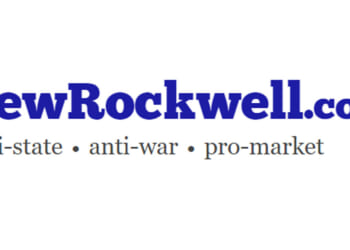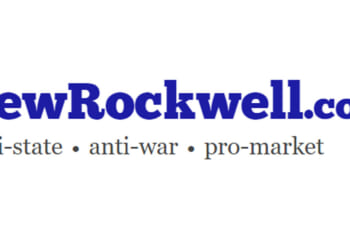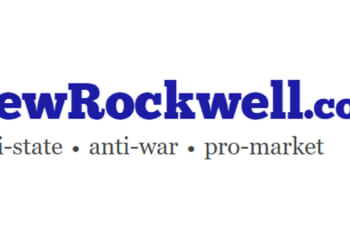America faces a housing crisis years in the making. An estimated shortage of six million homes is driving up prices, limiting economic growth, and placing the American dream of homeownership further out of reach for working families. We can all agree that something must be done; the challenge is knowing where to start.
That is why the AEI Housing Center and the US Chamber of Commerce created Strong Foundations: A Playbook for Housing and Economic Growth. The playbook provides something rare in housing policy: a clear, data-driven roadmap that cuts through the noise. Instead of dozens of complicated proposals, it highlights just four key strategies, backed by insights from our case studies, to make housing more abundant and affordable.
For the first time, local policymakers, stakeholders, and leaders can access over 6,600 customized playbooks (covering 50 states, 571 metro areas, 1,058 counties, 4,643 cities and places, and 360 HUD continuums of care) with free, location-specific data on affordability, housing supply, migration, homelessness, and much more.
Why the Playbook is a Unique New Tool?
The playbook is unprecedented in its scope, but also its simplicity. We analyzed terabytes of data and over two dozen case studies to develop four housing abundance plays, each grounded in one simple principle: smaller lots. Smaller lots are the key to housing affordability and abundance because they unlock more homes on the same amount of land, lowering land costs and enabling builders to deliver starter homes at price points families can afford.
The playbook quantifies exactly how many homes each community can add every year by following the principle of smaller lots. Across the country, we project that our four plays combined could add over 1.6 million homes per year, more than enough to begin closing the nation’s six-million-home shortage. In short, the smallest unit of reform can produce the biggest gains in affordability and supply.
Four Key Strategies, Many Local Pathways
By narrowing the field to four strategies, the playbook shows local policymakers and leaders exactly what levers to pull to meaningfully expand supply. Communities don’t need to adopt all four options, and not every option is feasible everywhere. The key is that, while every community is unique, each can find at least one solution that suits its needs.
Our four strategies are:
- Lot size flexibility in new subdivisions: Allow smaller lots to make starter homes feasible to build again. We recommend that localities establish minimum lot sizes no larger than 1,200 square feet in new residential subdivisions, which could add 414,000 new single-family homes per year.
- Home dwelling type and lot split flexibilities on existing lots: Legalize single-family 2-4s, five- to eight-unit multiplexes, townhomes, accessory dwelling units (ADUs), and lot splits in existing single-family neighborhoods to add 482,000 new homes per year.
- Flexibility to build homes near jobs: Allow residential overlays in commercial and light industrial areas to transform underused properties into vibrant, walkable communities and add 587,000 new homes annually.
- Housing development on Bureau of Land Management (BLM) land: Request the sale of just 0.1 percent of developable BLM land for residential use, focusing on by-right development of small-lot single-family homes and townhomes. In the western third of the country, this could add 146,000 homes per year.
As these four options prove, the formula for housing abundance success is simple. Together, they could add more than 1.6 million homes per year, a 125 percent increase over recent levels, all without costly subsidies or micromanagement.

Why it Matters
Housing is a cornerstone of our nation’s economy and the foundation for family formation and stability, workforce mobility, and long-term growth. But when supply fails to keep pace with demand, families are priced out, homelessness rises, workers are forced into long commutes, and businesses struggle. While the best time to address the housing crisis was 20 years ago, the second best time is today. The Strong Foundations playbooks offer a pathway forward through simple, scalable reforms. With the localized data in each playbook, policymakers and officials can now make informed decisions to reinforce housing stability, restore affordability, and usher in a new era of home ownership for working families. And when they do, they won’t just be solving a housing crisis: they’ll be laying strong foundations for economic growth.
For More
To download the playbook for your community and explore over 6,600 others, visit https://aeihousingcenter.org/playbook.
The post Strong Foundations Shows Every Community a Way Forward on Housing appeared first on American Enterprise Institute – AEI.












